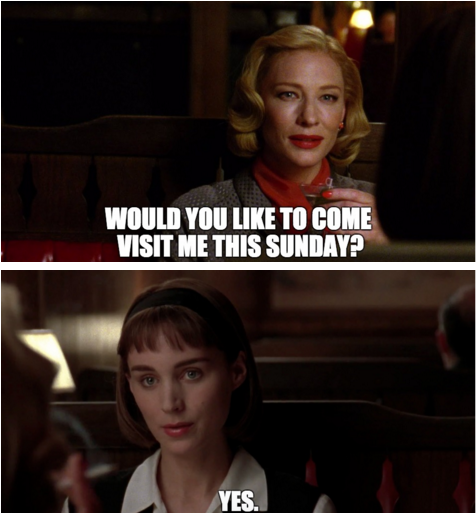
Yes, Carol, we will visit you this Sunday because it is the 2016 Oscars and we cannot wait until this film and The Danish Girl slay all of its competitors.
If you haven’t heard, Carol is a film set in the 1950s about two lesbians. The first is the sophisticated Carol Aird (Cate Blanchett) who is caught up in an ugly divorce battle. She is a lesbian but her husband will not accept it and she fears she will lose her daughter because of it. Very dramatic stuff.
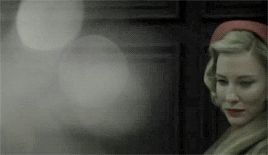
Also, I would say she’s technically a cougar. Rawr.
The second is Therese Belivet (Rooney Mara) who is young and naive. She kind of has a boyfriend who she kind of agreed to go to Europe with, and he really wants to marry her. However, she’s annoyingly indecisive/uncommunicative except when it comes to her attraction for Carol.
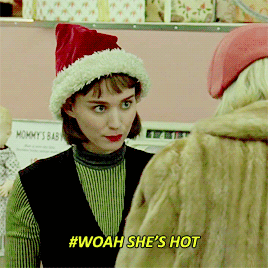
But I mean, who wouldn’t be attracted to Carol?
Anyway, the two women sort of have an illicit love affair, though it’s not really illicit, more like highly disapproved of. And while this is set in the 1950s, it might as well be set in the 21st century. Really, I think the only reason it was set during this time period is a) it’s based on a novel titled The Price of Salt that was probably set during that time period and b) so that they could dress Cate Blanchett in outfits that just make her reek of sophistication earning an Oscar nomination for Best Costume Design.
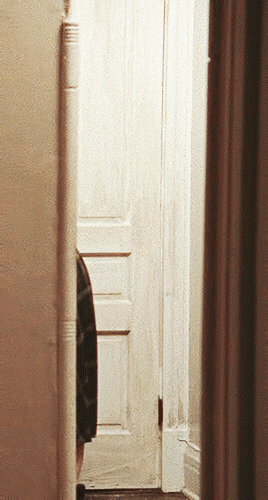
I commend Carol for tackling these issues, and I congratulate the whole crew for turning it into a highly successful, critically-acclaimed project. But here at Sartle, this film isn’t only winning our hearts because of its success in the world of cinema, but also because of its success in its allusions to art history.
The director of the film, Todd Haynes, is a fan of artist Edward Hopper and has been recognized for being strongly influenced by the artist. After watching Carol, I can confirm that this is definitely true, and watching the movie is like being immersed in the world of a Hopper painting.
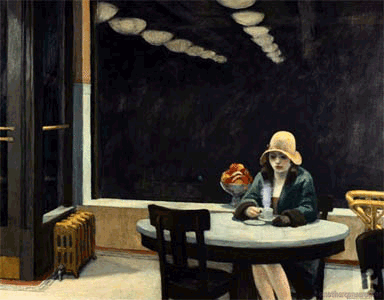
Admittedly, it’s a pretty somber world, but at least you can join Carol and Therese on their adventure. Below are some of the themes and devices that both the visual artist and the film director liked to experiment with in their respective works.
Color: The director and the painter love green. And other colors, too, but mostly green.
Carol is set in the winter so instead of brightly lit scenes, it makes sense to tone it down a bit and go with cooler tones. For other directors, that may mean gray snowy days, but for Haynes, this means drenching many scenes in a haze of green. More broadly, Haynes plays up greens and reds and yellows. But still, there is a lot of green, and we’re pretty sure it’s all thanks to the director’s love for Hopper.
For example, look at these green buildings, red outfits, and yellow lights.
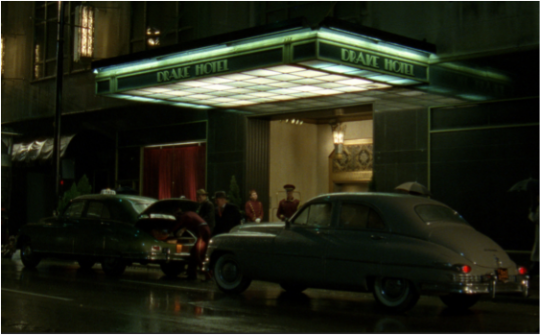
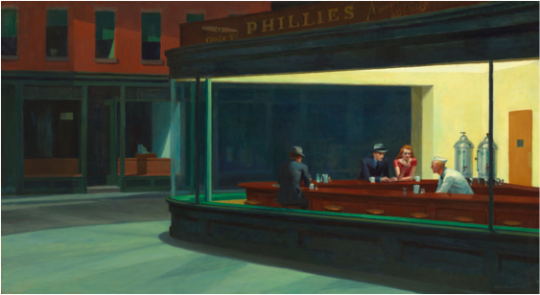
Nighthawks by Edward Hopper at the Art Institute of Chicago
This comparison should be titled, “Woman in Red Observes Woman in Green Reading.” Or, “A Surefire Way to Develop Astigmatism.”
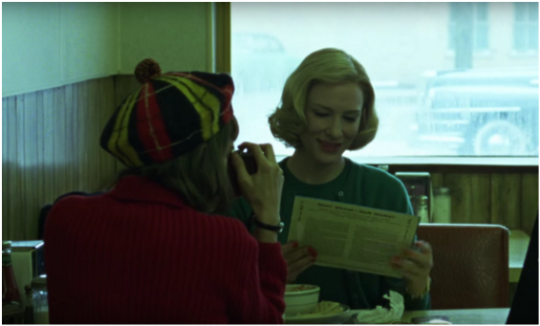
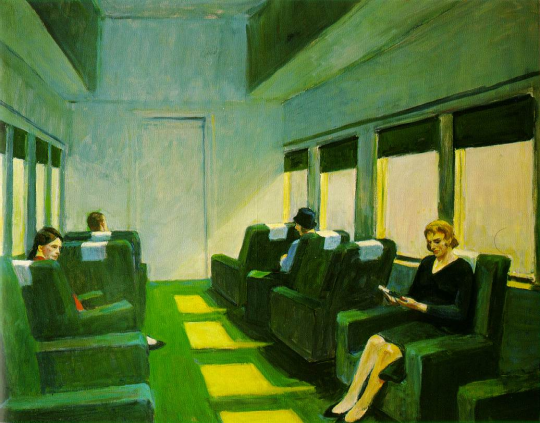
Chair Car by Edward Hopper
Below, while Therese sits in a green hotel room that badly needs a ceiling light, Hopper’s subject sets her luggage (and clothes *wink wink*) down by a densely green chair.
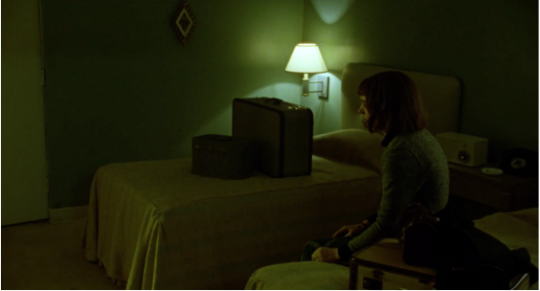
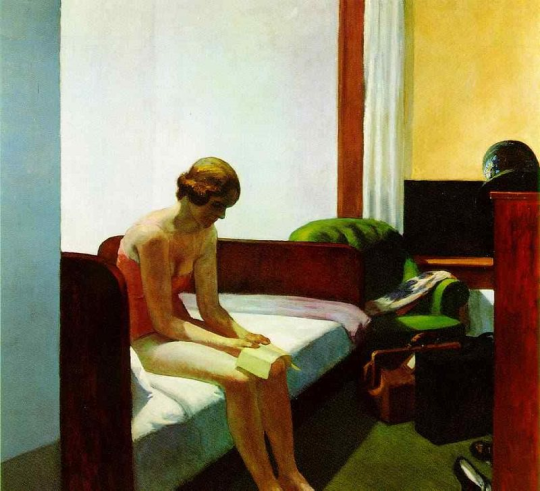
Hotel Room by Edward Hopper at the Thyssen-Bornemisza Museum
Here are some additional examples of Haynes’s use of color in costume and prop choices:
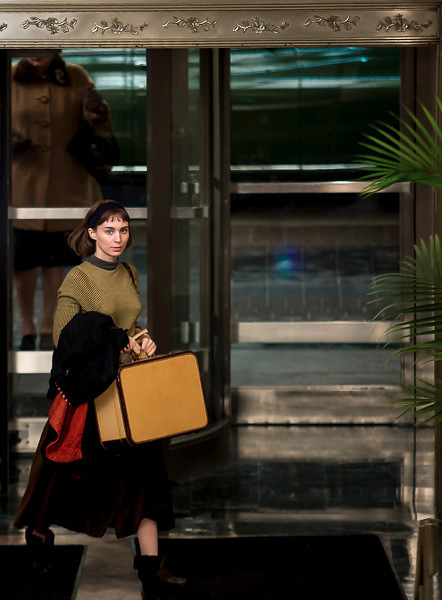
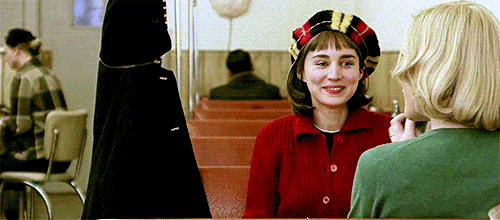
With such similar treatments of light and color, can Hopper’s paintings and Haynes’ movie scenes be differentiated anymore?
Creepiness: They both have a thing for voyeurism.
There’s just something about the way the walls cut you off and only show you certain parts of the scene that makes you feel entirely like a creep— and perhaps that’s just the way Haynes and Hopper like it.
Sometimes we all need a breather. Whether it be from the stresses of work, or from the stresses of being a lesbian in the 1950s who is worried about losing custody of her child.
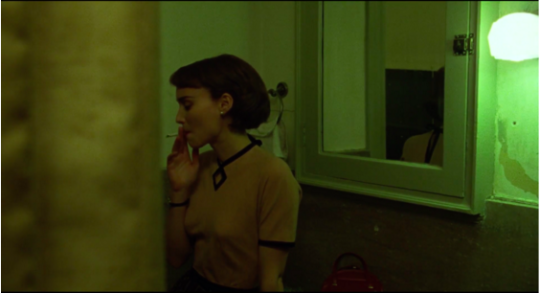
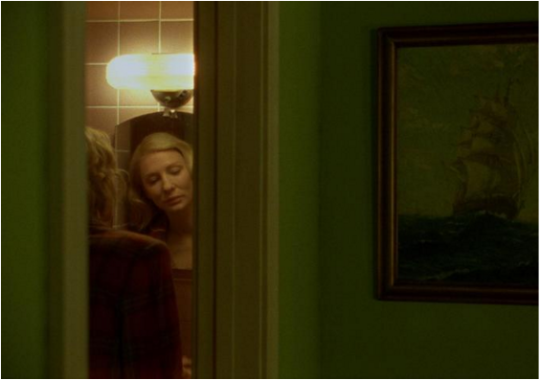
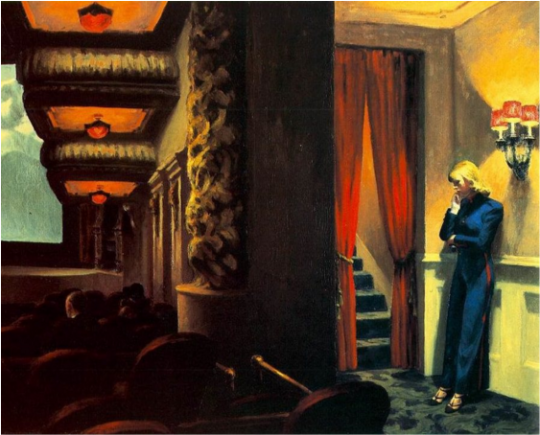
New York Movie by Edward Hopper at the Museum of Modern Art
In any case, the last thing we want during these trying times is for a creepy man to be documenting us at our most vulnerable. Thanks Haynes/Hopper.
On the other hand, this painting has a very familiar view and angle to me. Like on those (rare) occasions when I’m not invited to a party.
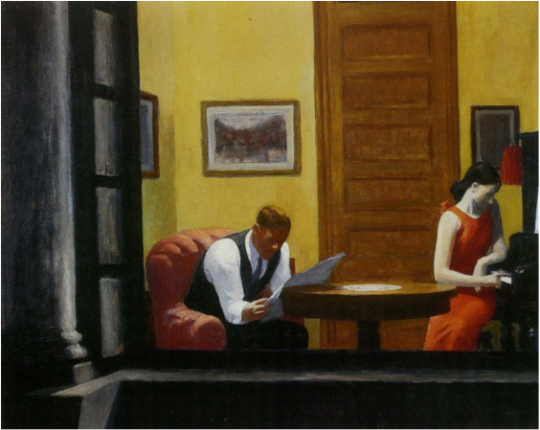
Room in New York by Edward Hopper at the Sheldon Memorial Art Gallery and Sculpture Garden
Though I probably wouldn’t have wanted to be invited to this party anyway. #NoMoFOMO
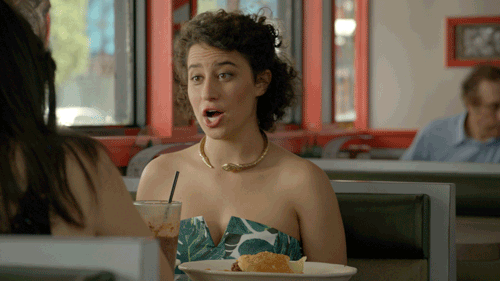
To make things more exciting, you can secretly creep on a woman through the window of a moving vehicle.

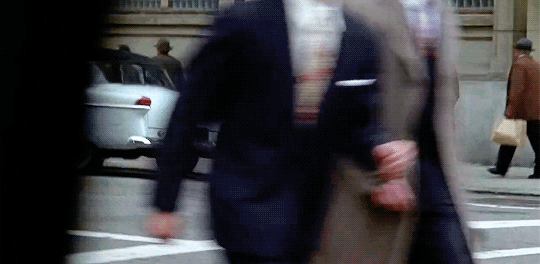
Here’s Therese explaining why she feels weird viewing people through the lens of her camera. The scene, of course, is shot from behind the glass walls of the New York Times offices.
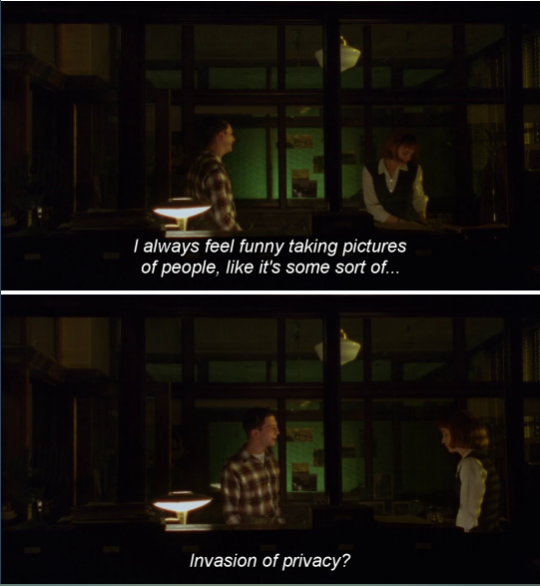
Maybe she should tell that to Hopper who depicts a scene of a woman changing in her room through a window.
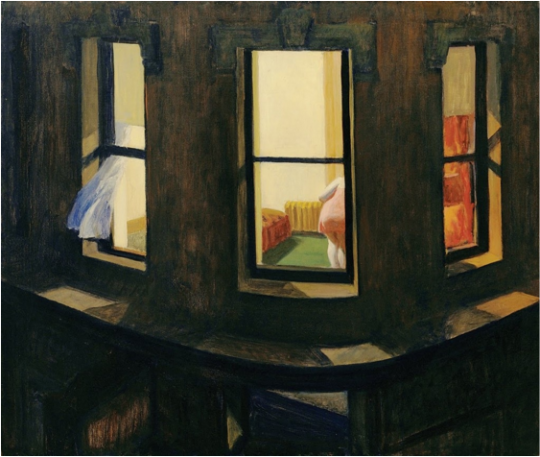
Night Windows by Edward Hopper at the Museum of Modern Art
Surely, the duration of creating a painting versus the instantaneity of taking a picture makes Hopper that much more of a creep.
Contemplation: They like lonely ladies looking out windows.
Lonely people looking out windows isn’t anything new.
Even Hillary Duff used this cliched tactic during that period when she tried to be a singer.
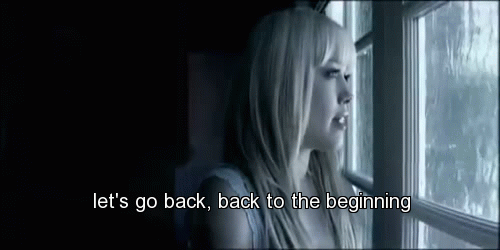
Oh god.
But since we’re comparing Haynes to Hopper, it would be a shame to ignore all of Hopper’s wistful pieces of lone women longingly looking out large windows.
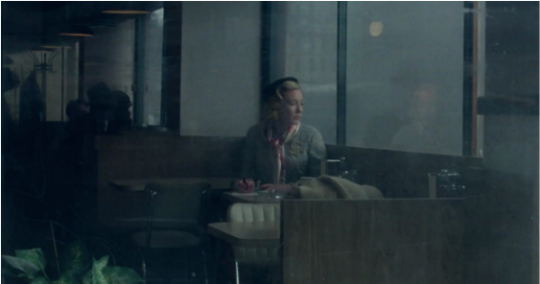
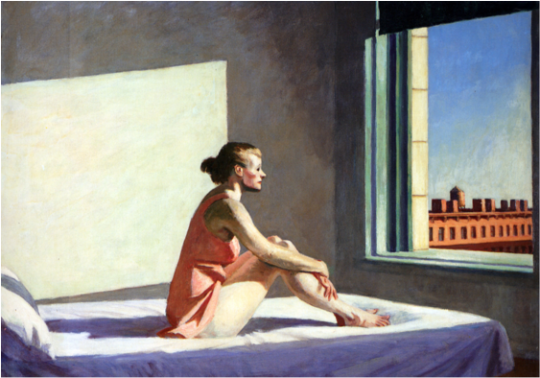
Morning Sun by Edward Hopper at the Columbus Museum
Sure there’s a way to depict a window as a connection to the outside world instead of a separation from it.
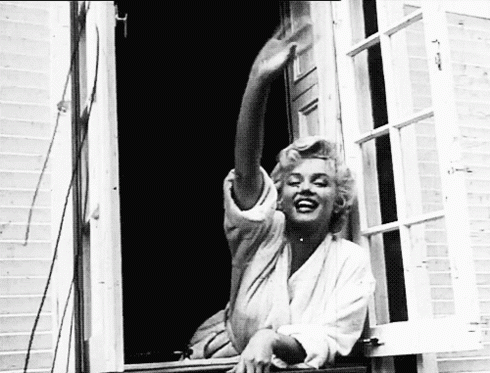
But that’s not what the director nor the painter do.
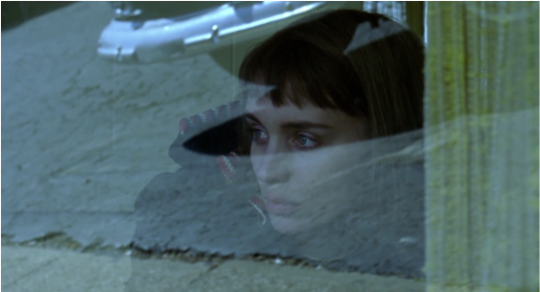
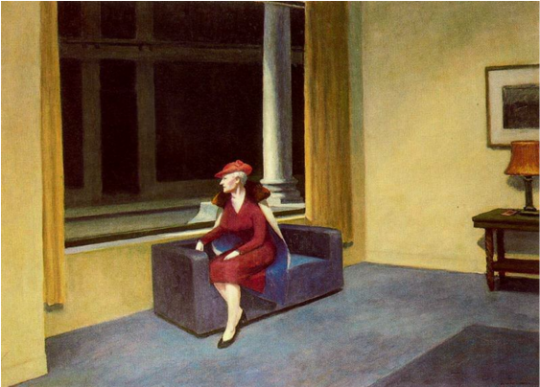
Hotel Window by Edward Hopper at the Forbes Magazine Collection
However, we do think that Hopper’s paintings deserve a separate category on introspective naked women looking out windows:
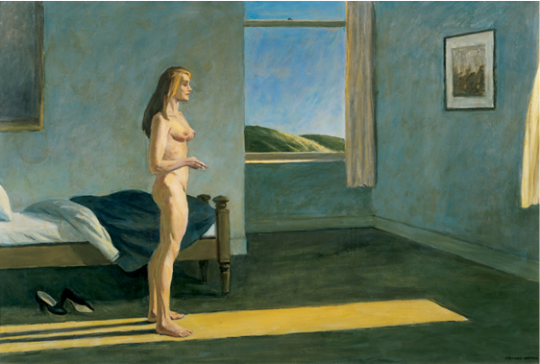
A Woman in the Sun by Edward Hopper at the Whitney Museum of American Art
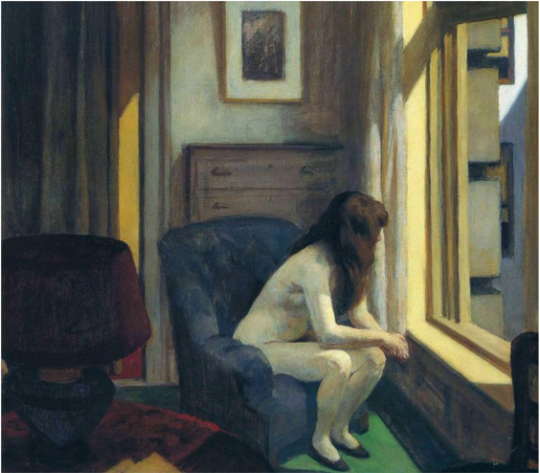
Eleven AM by Edward Hopper at the Hirshhorn Museum and Sculpture Garden
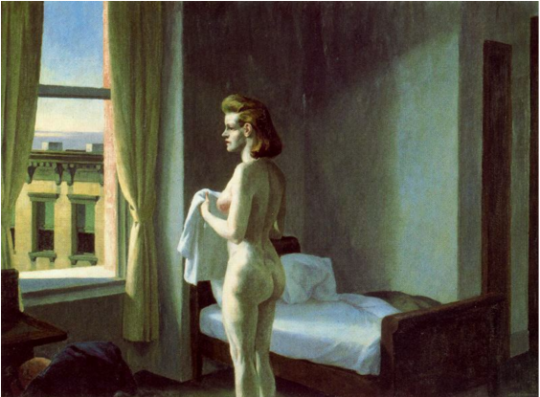
Morning in the City by Edward Hopper at the Williams College Museum of Art
I would have liked to see some of these recreated in the film. Because while the cinematography was aesthetically pleasing as it is, a little postcoital booty could’ve really pushed it over the edge.
If these examples of Hopper-inspired scenes didn’t make you immediately want to go out and watch the film, then I don’t know what will. But we advise you to watch it soon, preferably before Sunday.
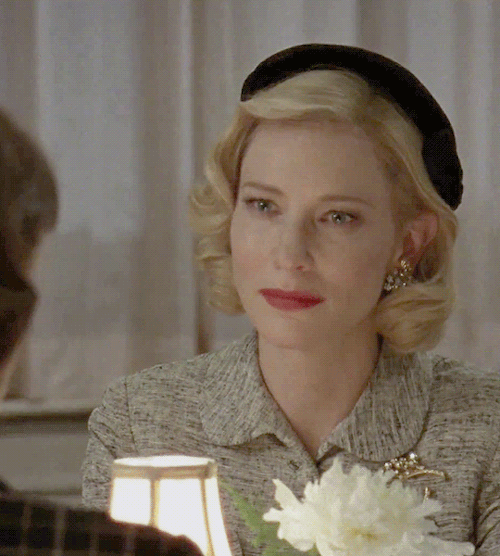
Because on Sunday, we visit Carol.
By Kyla










Awesome movie-to-artist connection! Have you seen the movie, '1917', with its beautiful photography? Maybe that would make a good parody of the work of Andrew Wyeth. I enjoyed your post, thanks! ukendoart.blogspot.com